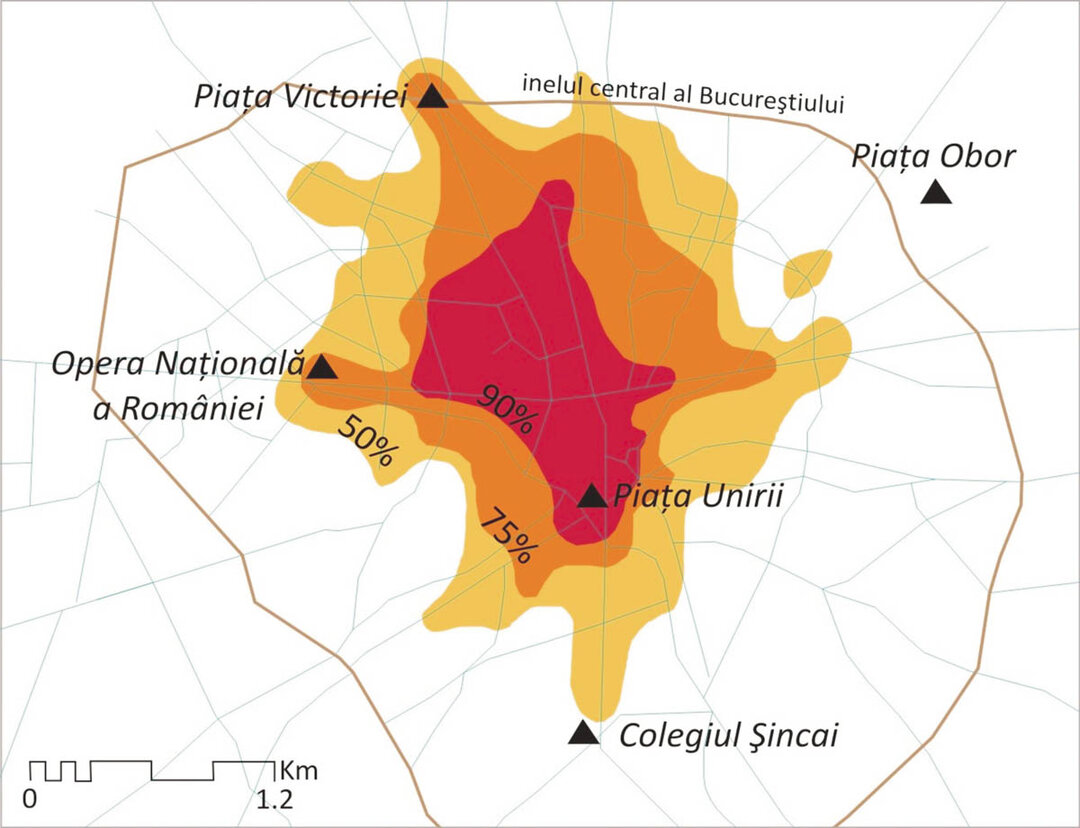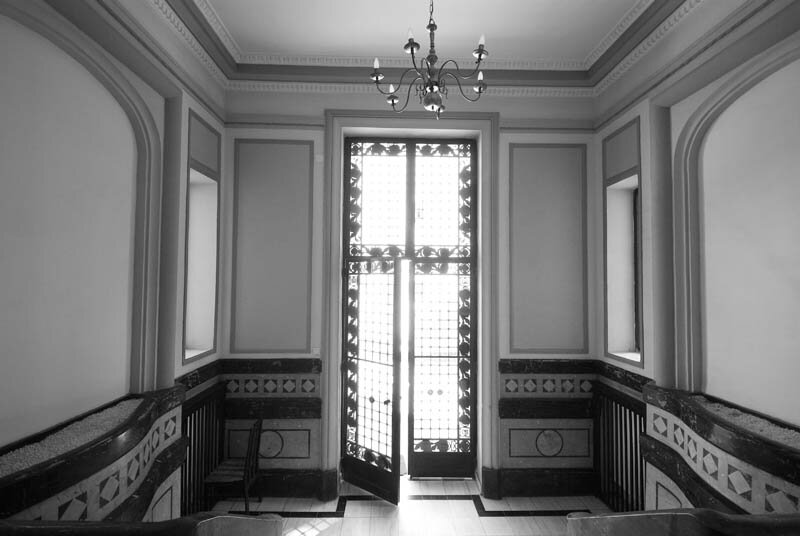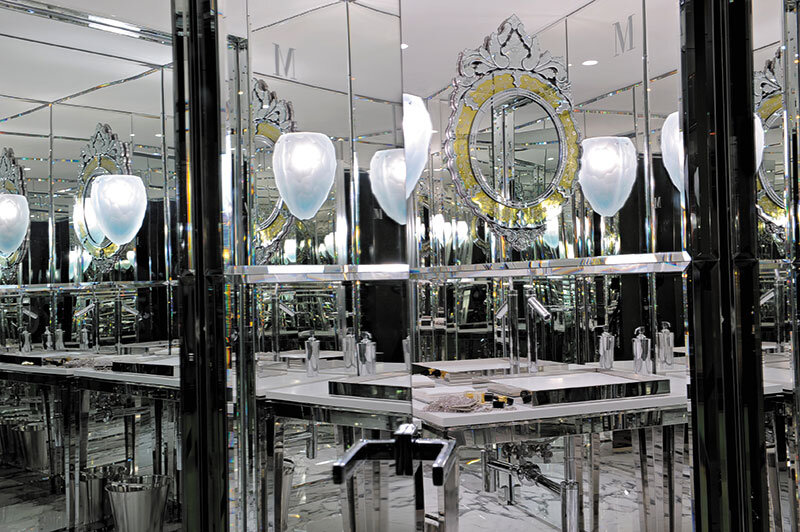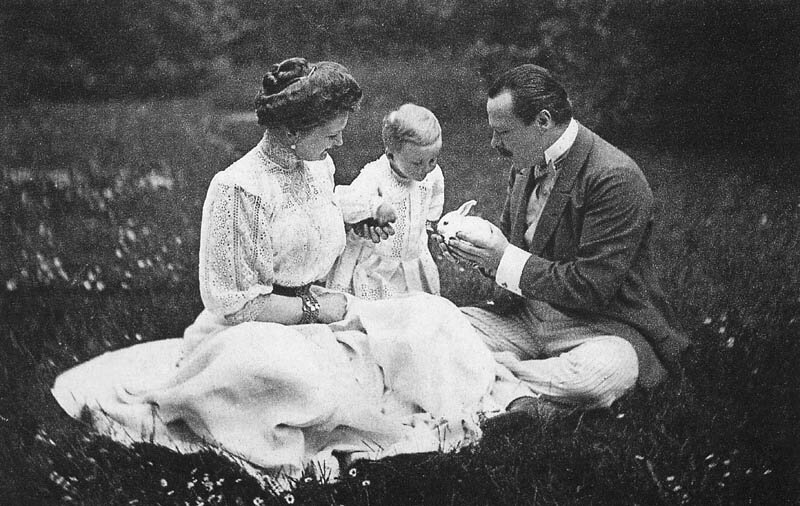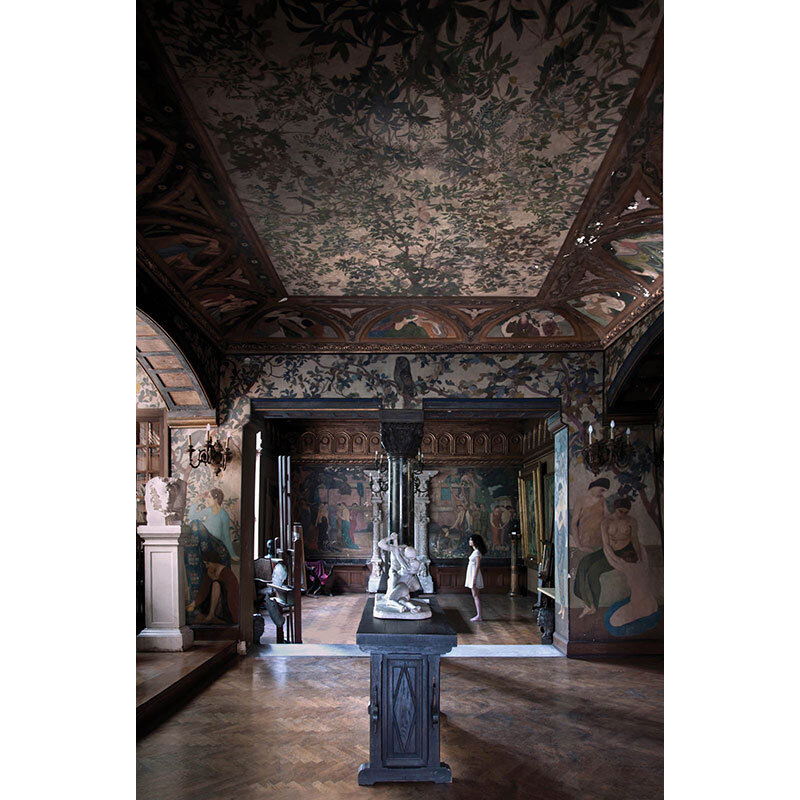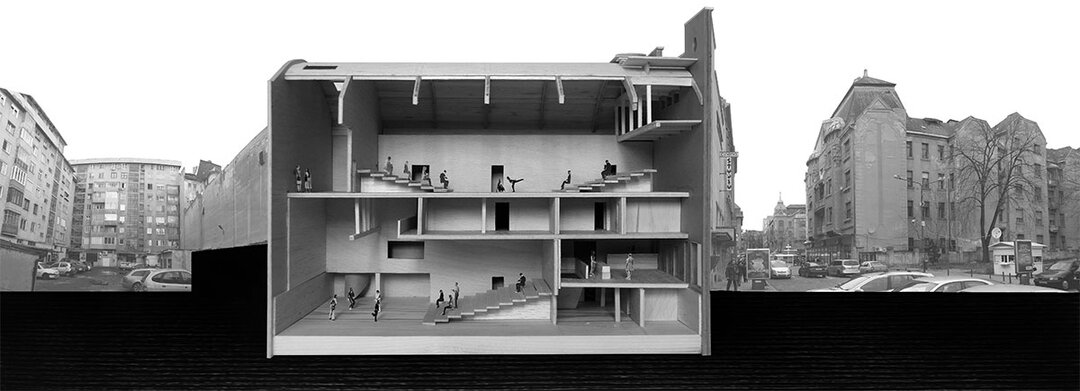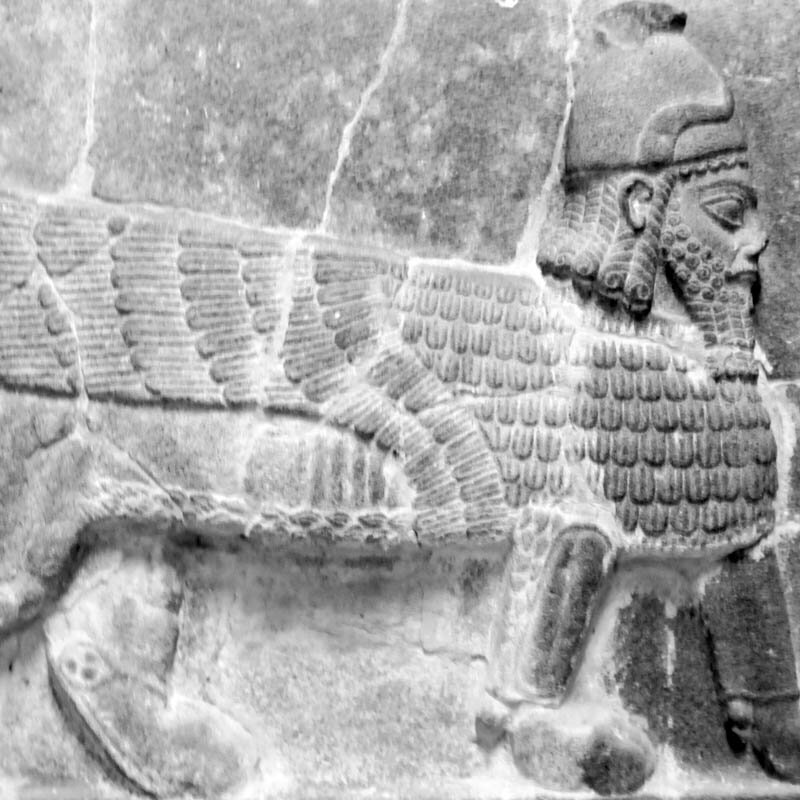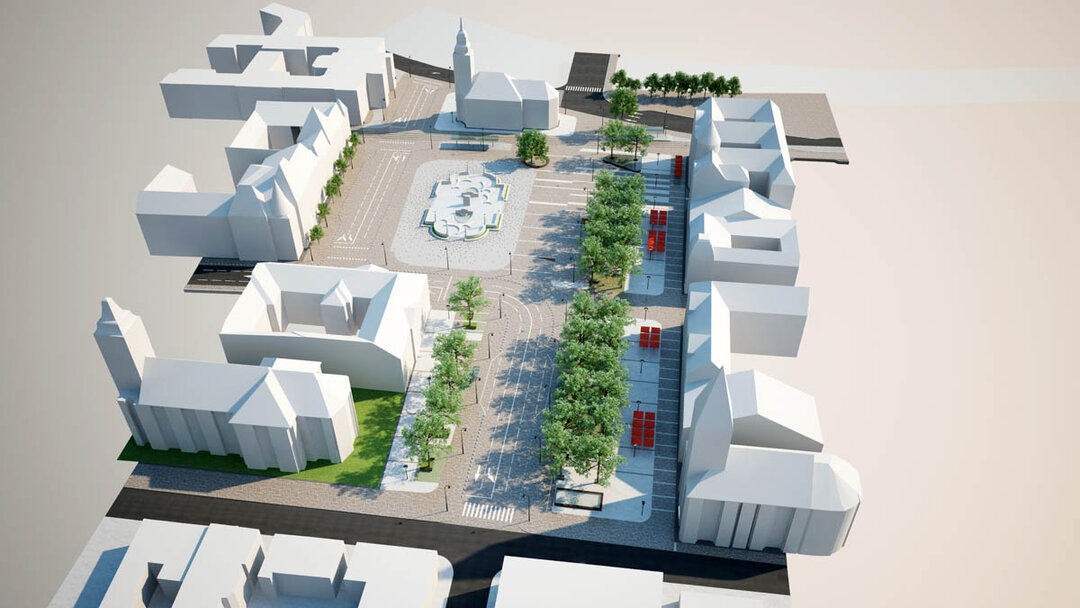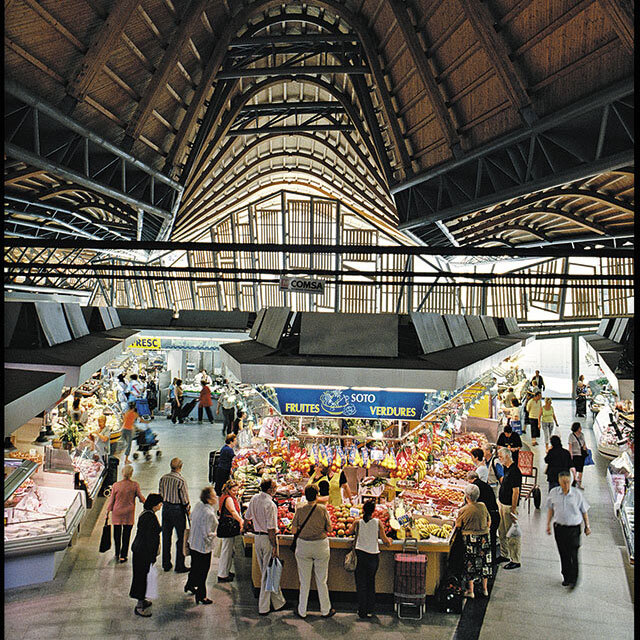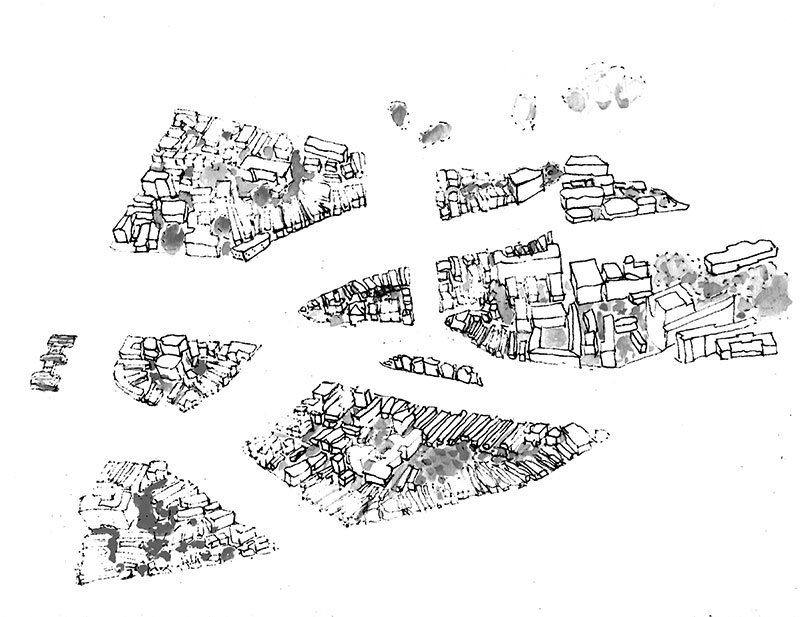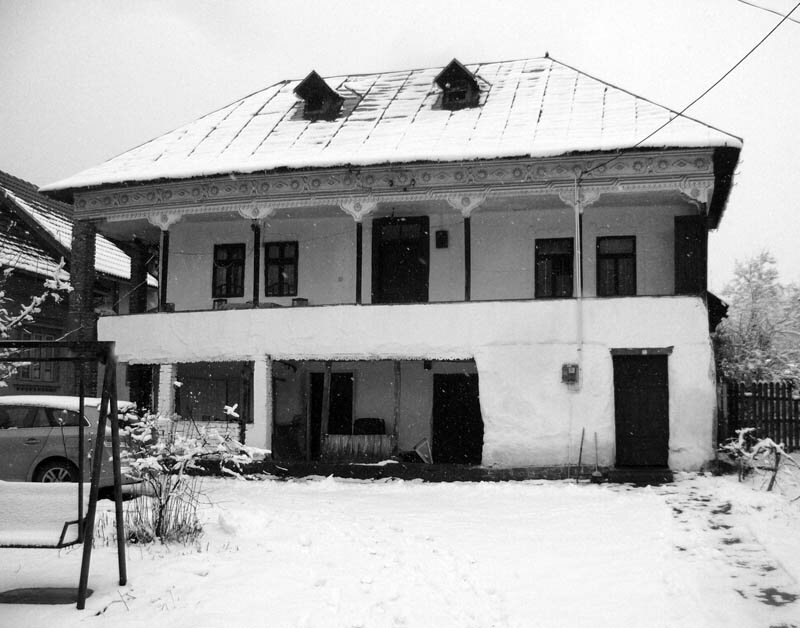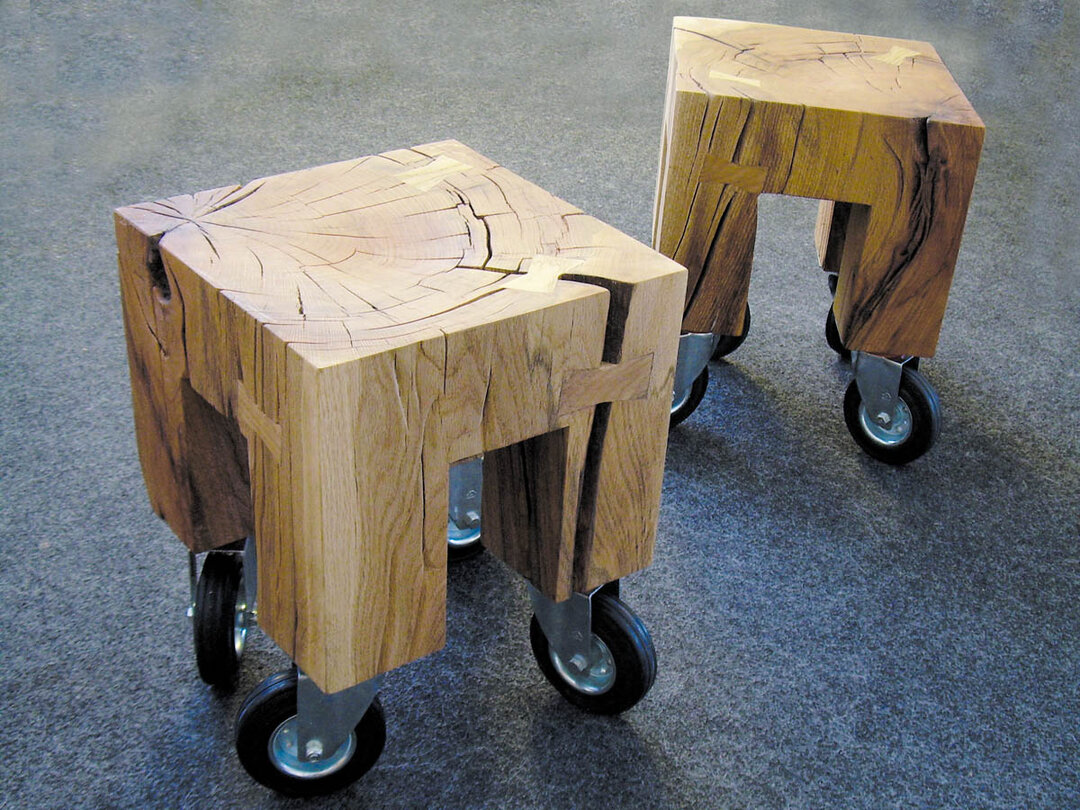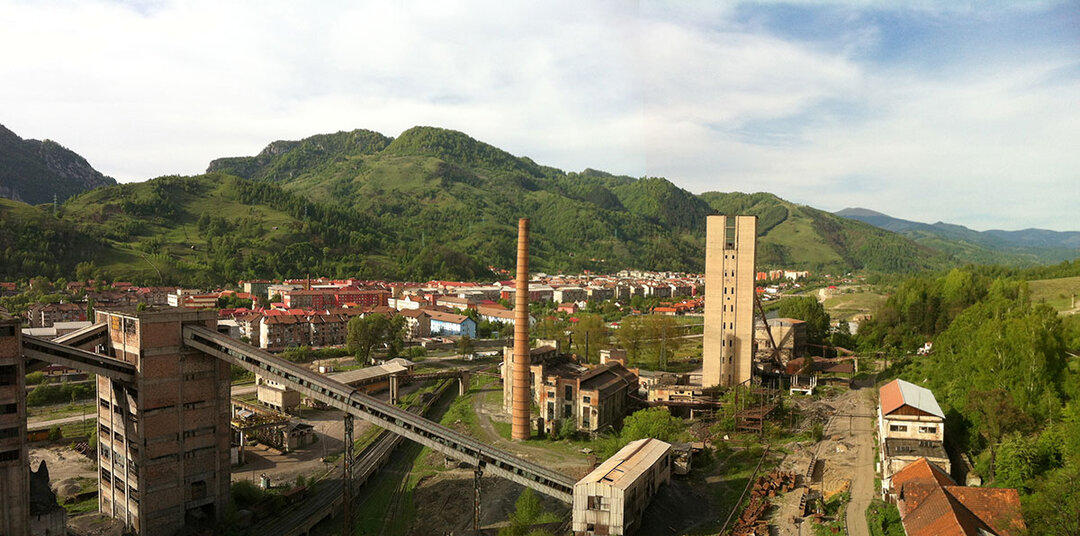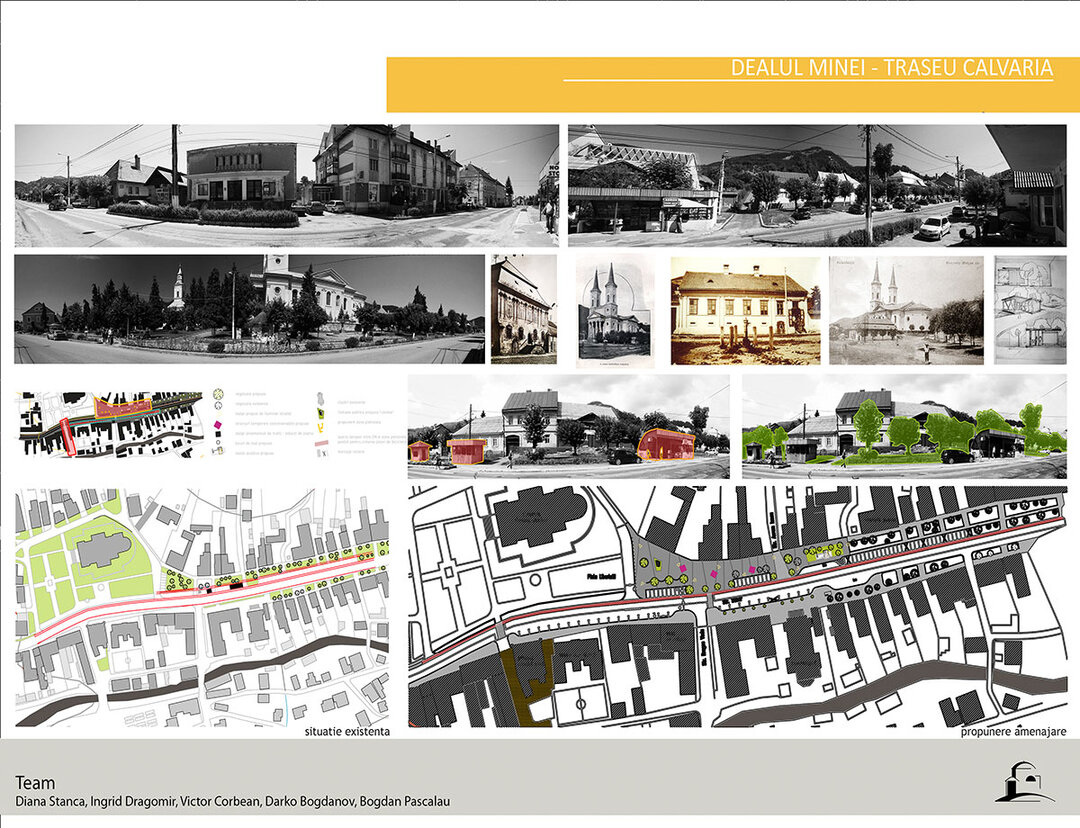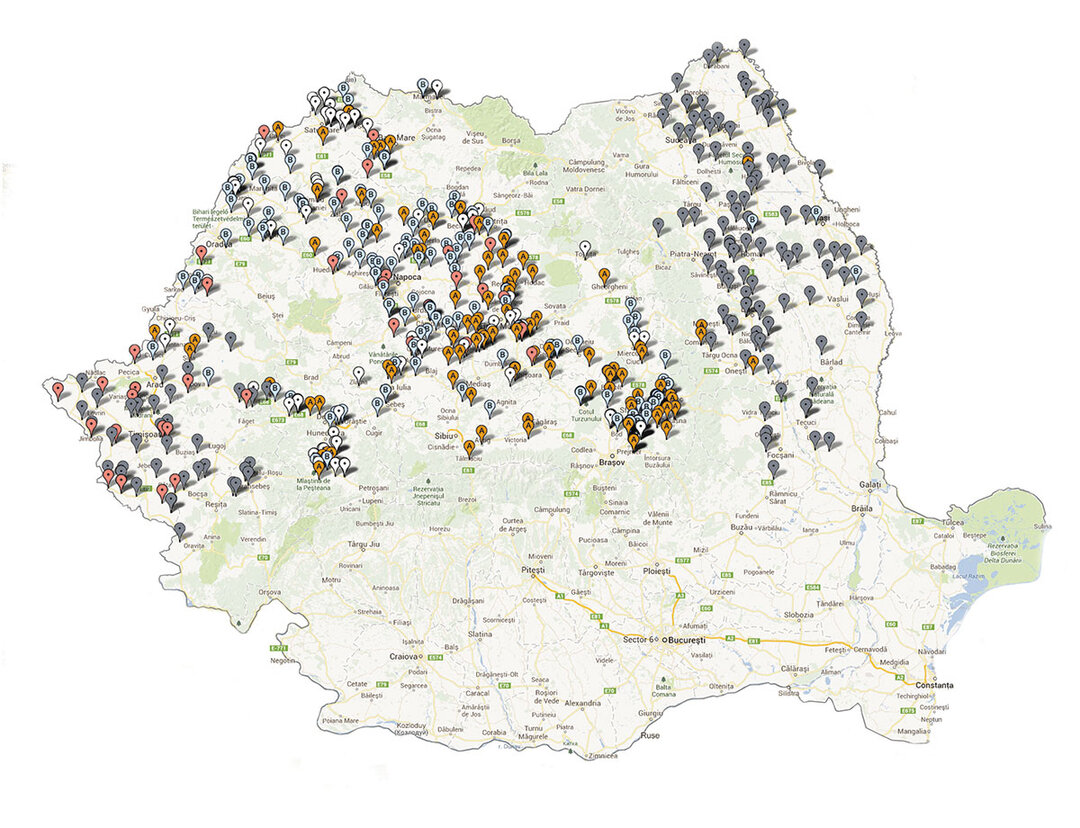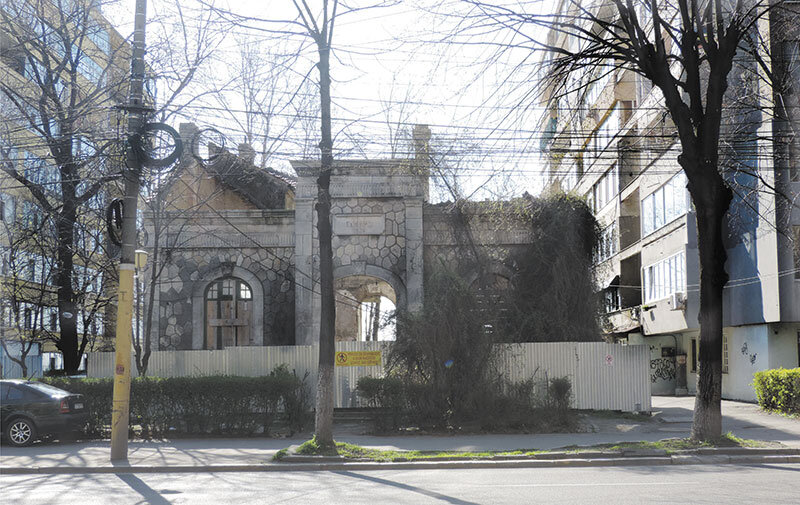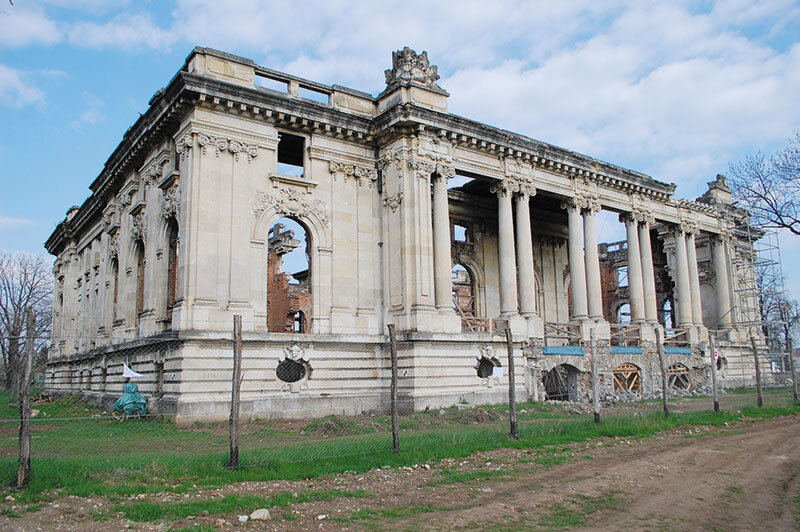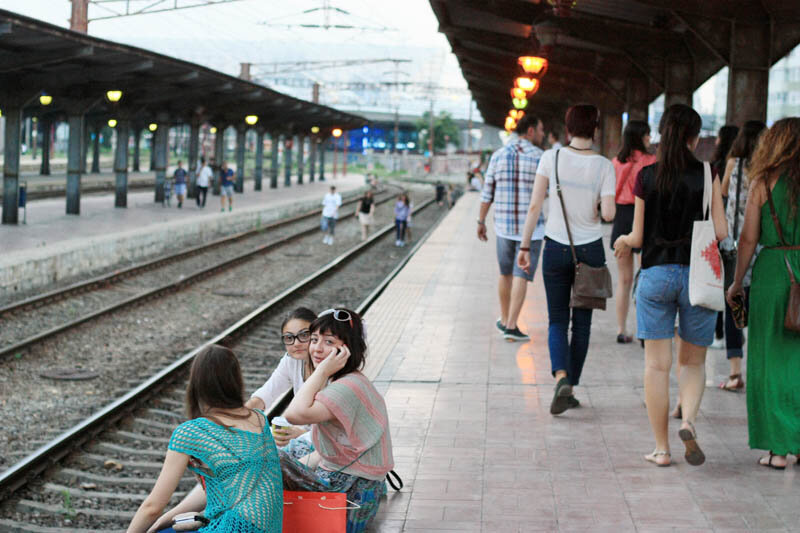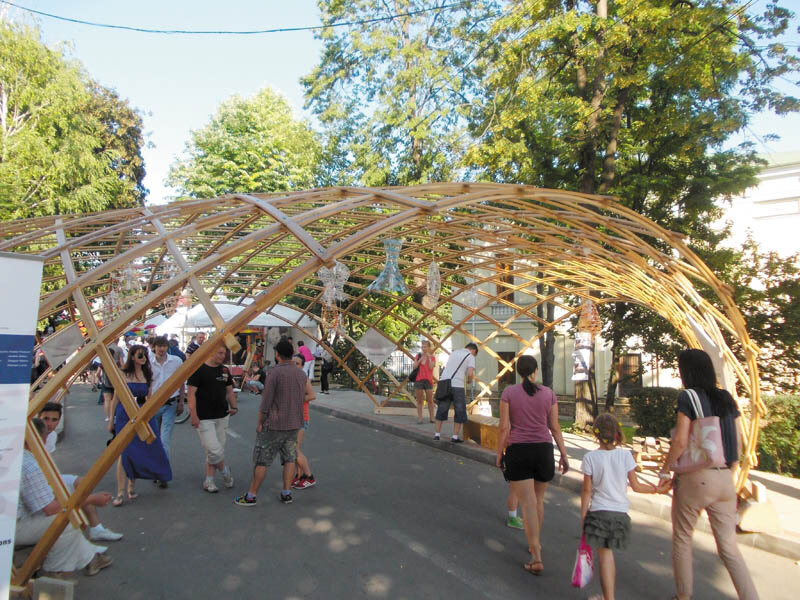
Matache slum in August 2050
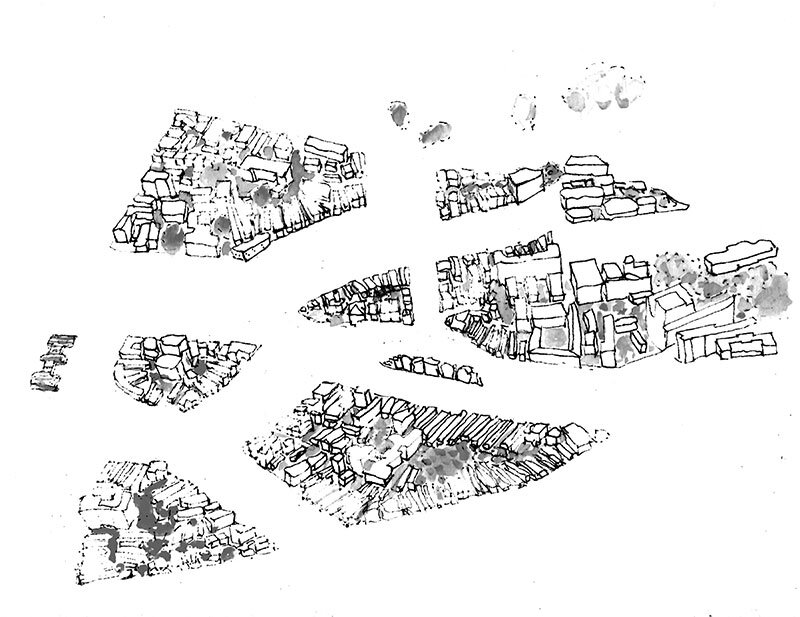
I live near Matache Square. It's Saturday morning. I take my bike from the shared garage on the ground floor of my apartment block, though I am in my third youth, and set off for the square. Today's Bucharest boasts a healthy, active and well-fed population. Although we have home food deliveries, locally produced in the villages near Bucharest by the population systematically detached between 2020 and 2030 from the outlying neighborhoods, the habit of going to the market has been preserved, especially for the living there.
All the downtown streets are now populated by pedestrians and cyclists, and people use highly specialized Sinclair vehicles a lot. Classic trams run on the wide boulevards, and titicar trams have been introduced on the narrow, fragmented streets. Public transportation is efficient, but Bucharest's distances are not long anyway, the central ring can be crossed diametrically in a pleasant walk, now that we have peace and quiet, of about an hour. The hustle and bustle of cars no longer tires us, it's gone along with accidents, the heat, the noise pollution and implicitly stress, anxiety and depression as side effects of noise pollution. Cars are no longer seen parked on the side of the streets, and moving automobiles are rare, in numbers equivalent to modern tourist liner carriages. The price of fuel has skyrocketed, as have the fees for owning and especially using automobiles in the metropolis. Curbs have been dropped, speed restrictions are drastic, pedestrian crossings are every hundred meters. The administrators of the islets have set up a network of "intelligent" parking lots used on a daily rotating basis by five times as many cars as the actual number of parking spaces. A team of technicians hired by the city has managed to remove the city's wires, and to place street furniture - trash bins, benches, signs - in a logical and functional way. And since 2015, a team of designers and architects has been working to tidy up the city's shop windows, signs and posters.
Today, Bucharest residents smile at each other on the streets, they know that the city is in their responsibility, they get to know each other and dialog more than in the past, and small communities have formed. The air is cleaner, the dust has been greatly reduced in summer, the streets are shaded and temperatures are noticeably lower than 40-50 years ago.
Read the full text in issue 4/2013 of Arhitectura magazine

